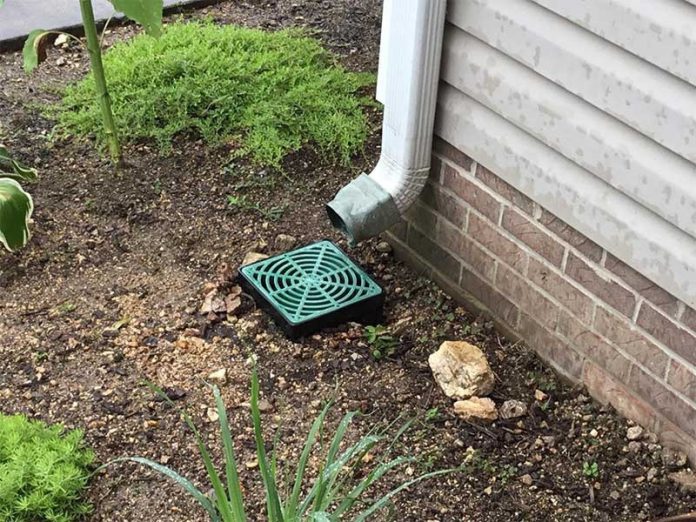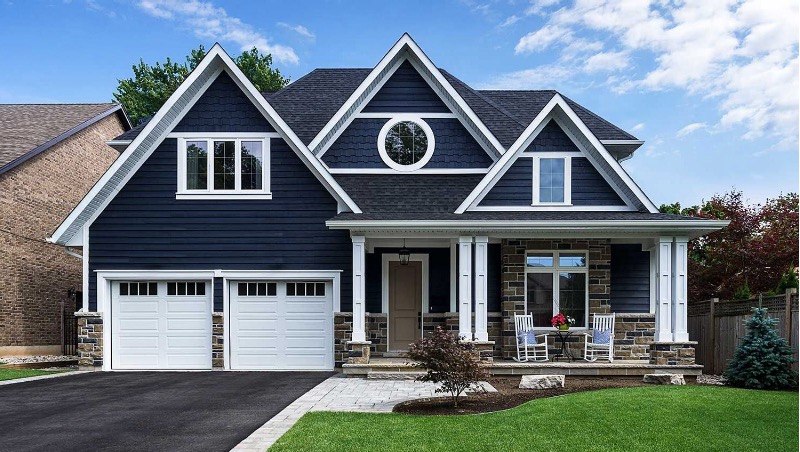Erlnggablog.com – Managing water flow is important for the well-being of your home and property. Without proper water drainage, excess water will collect around your home and seep into the ground. This moisture can be a danger to your home’s foundation. When the ground around your house becomes wet, the soil will swell and lift up in relation to the surrounding areas, causing damage to your home’s foundation. To prevent this problem, it is vital to install appropriate water drainage around your home.
Guide When Choosing a House
Surface water drainage plays a critical role in managing rainwater and runoff, directing it away from your property effectively. This system helps prevent water from saturating the ground near your foundation, reducing the risk of erosion and basement flooding. Whether the property relies on traditional drains, soakaways, or other solutions, ensuring proper functionality is key to maintaining a safe and dry environment.
Many homeowners don’t use a sewer system, so they’re responsible for water drainage themselves. They use a system of septic tanks and sewage treatment plants to treat their waste and prevent flooding. However, there are other methods of drainage, such as using a soakaway or natural rivers. Depending on the size and nature of the property, you might find that your area drain is inadequate. When you have a problem with your property’s drainage, contact a professional.
A proper water drainage system is an essential part of a home’s foundation. It can protect your home from serious structural problems and mold growth. When water drains away from your home, it is more likely to remain dry and safe. Investing in a drainage system is one of the best ways to ensure your property is protected from these risks. So, how do you go about ensuring your home has adequate water drainage? Here are a few tips to make it happen.
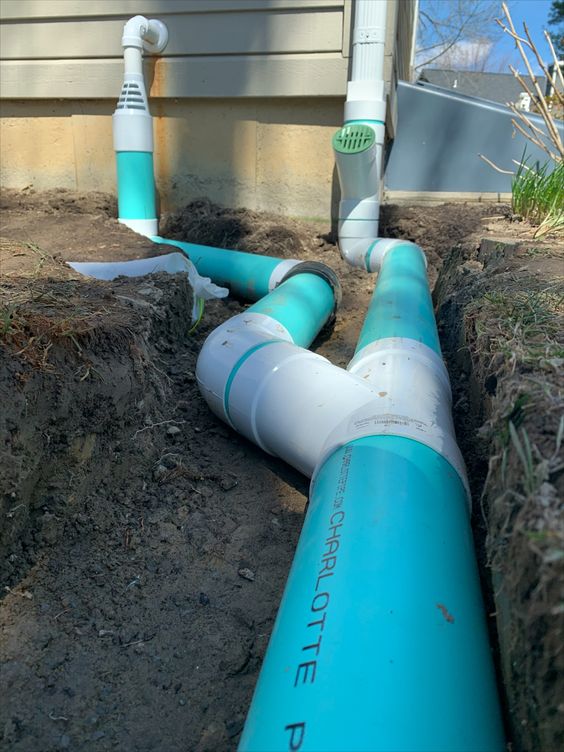
A subsurface drainage system is another way to manage water flow. A subsurface drainage system is a system that collects surface water from the soil around your home’s foundation. This is done with buried pipe drains. These drain pipes are made of clay, concrete, or plastic, and are placed in trenches by machines. When installed, they allow the drainage water to enter the pipes’ joints. A flexible plastic drain can be up to 200 meters long and is ideal for urban areas.
Tips for Caring for Home Building
Besides maintaining a clean water supply, a properly-designed drainage system protects your property’s foundation from water damage. Ideally, your property’s drainage system will be connected to a nearby sewage system. Whether you’re using prefabricated drainage or DIY, the right system will protect your home from damage. It will also keep your foundation dry and protect your property’s foundation. A good system will protect your home from flooded basements and flooded homes.
The main concern of water drainage is avoiding water damage in your home. Small amounts of moisture can cause structural damage and even create a health risk to your family. Luckily, water drainage is essential for protecting the foundation of your home. It keeps your home’s foundation in tip-top condition. With the right drainage system, you can avoid major damages caused by flooding. It will keep you from having to face mold-infested land in your property.
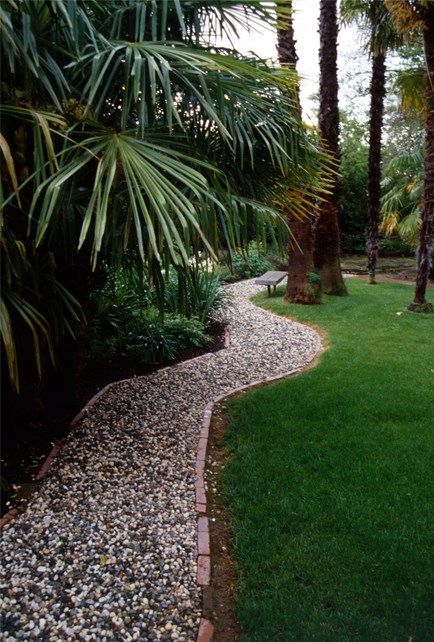
Depending on the type of drainage system, there are a number of factors that need to be considered. Open drains, for example, require large amounts of land for crops and restrict the use of machines. Besides, open drains may be less efficient than buried pipes, but the advantages outweigh their drawbacks. For example, open drains need to be constructed in an open space where water can flow freely. Moreover, they are not as effective as buried pipes.
The Most Common Type of Water Drainage System
Open drains are the most common type of water drainage system. They can be 200 metres long, which is the maximum length of open drains in the world. Aside from their benefits, buried pipes are also easier to maintain. The disadvantages of open drains are that they require large amounts of land for irrigation. But they are also more expensive. They are often installed on private land and may not be as effective as buried pipes.
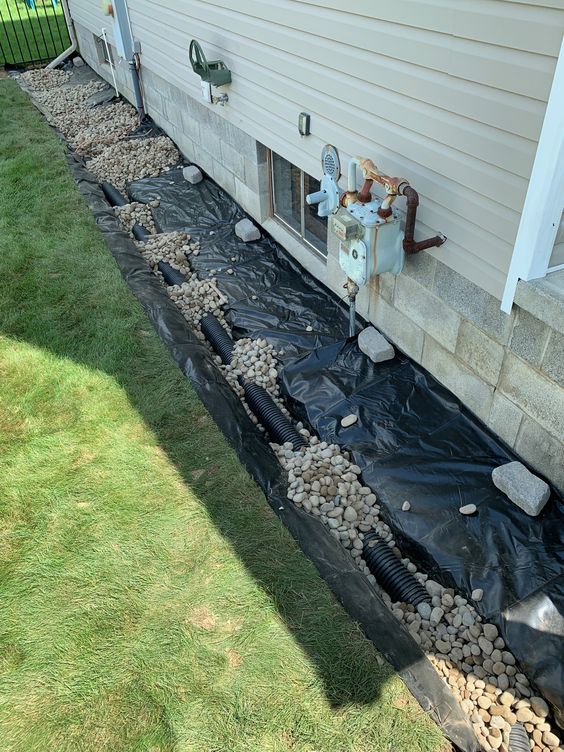
Open drains use the land for crops and may restrict the use of machinery. They also need to be maintained frequently. Underground drains, on the other hand, require little to no cultivable land. But, open and buried pipe drainage systems are costly, and they may be difficult to implement for many reasons. The disadvantages of open drains are that they can cause structural problems for the home and can lead to mold, which can be harmful to your health.
